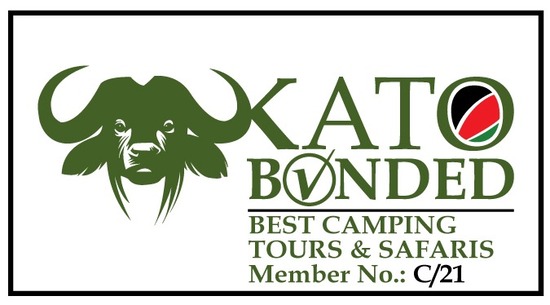KENYA SAFARI BEST SELLERS & EXCLUISIVE SAFARI OFFERS
Kenya Camping & Luxury Lodge/ Tented Camp Safari Specials
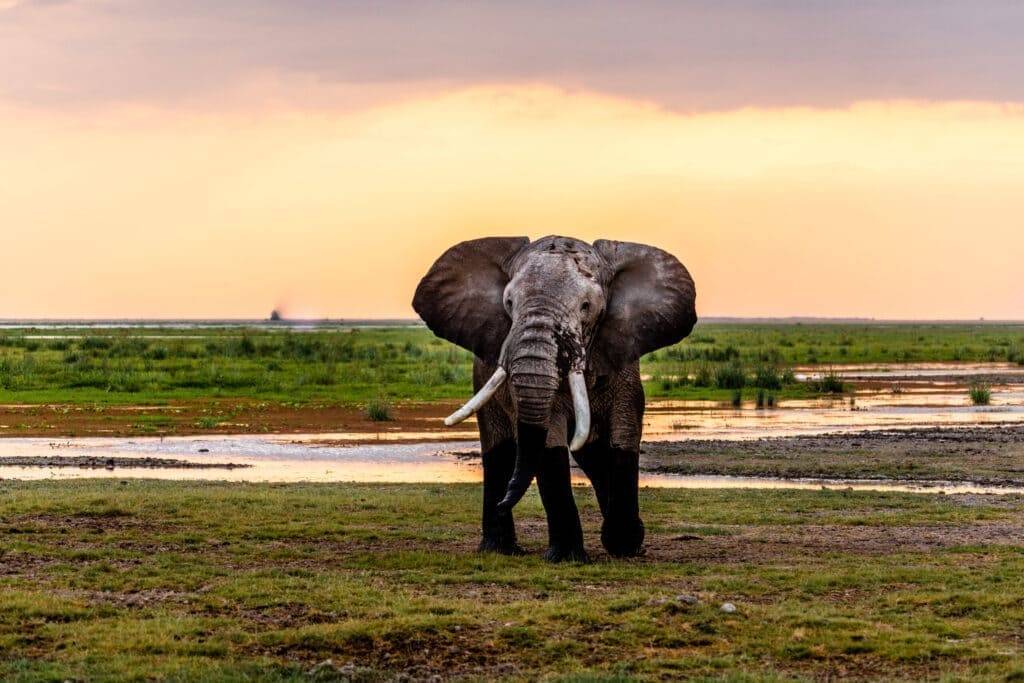
6 DAYS MASAI MARA/ LAKE NAKURU OR LAKE NAIVASHA / AMBOSELI
07.30 HRS: TRANSFER FROM YOUR HOTEL TO OUR OFFICE FOR A FULL SAFARI BRIEFING. DEPART FROM NAIROBI VIA THE GREAT RIFT VALLEY FOR MASAI MARA.
6 DAYS MASAI MARA WILDEBEEST MIGRATION SPECIAL 2024
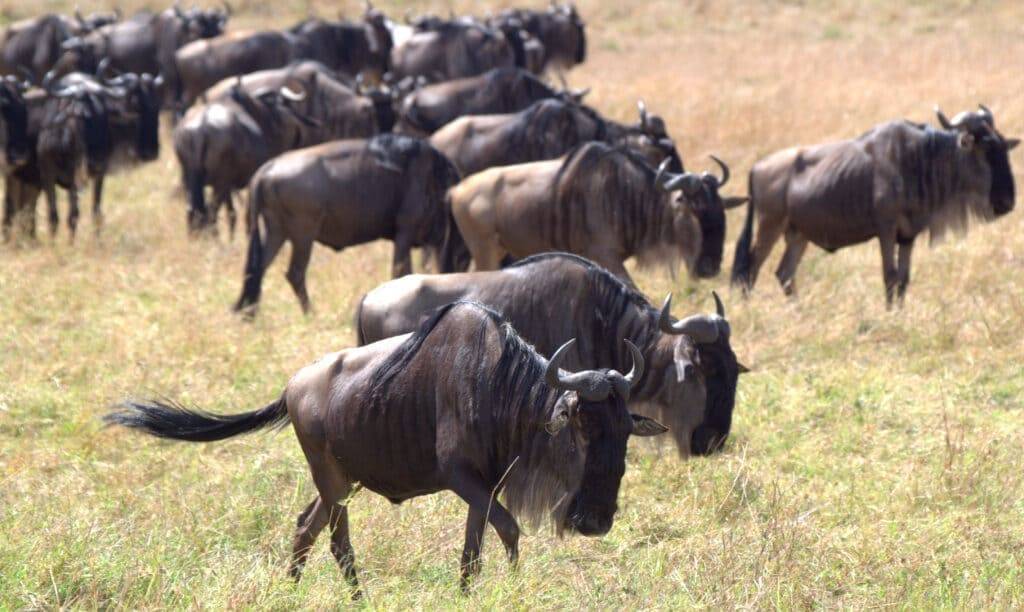
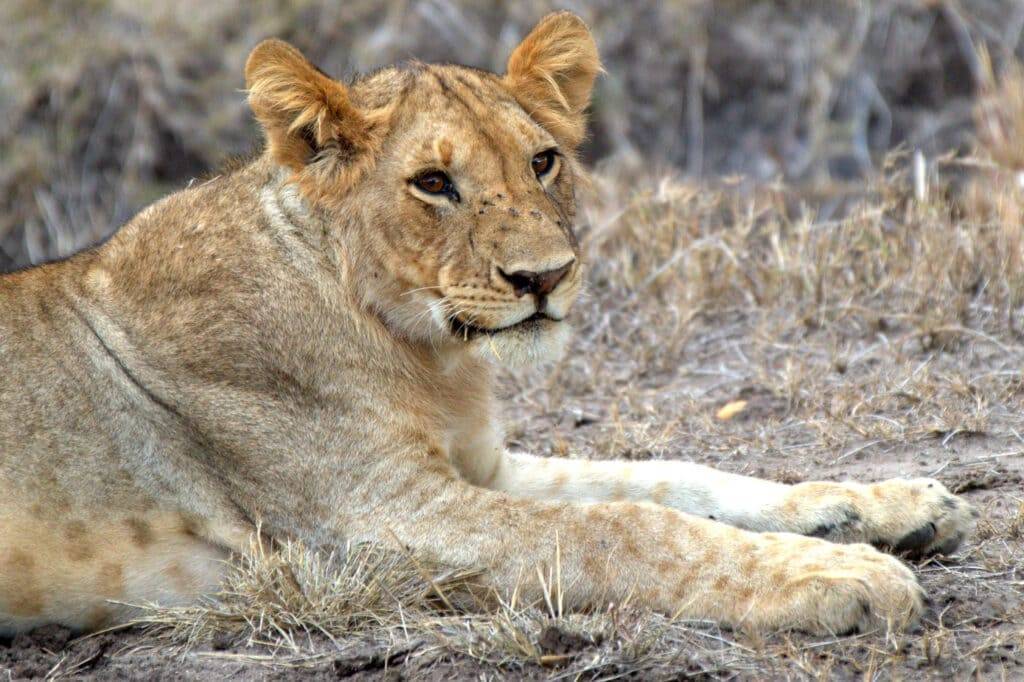
BIG FIVE KENYA 10 DAYS AMBOSELI / MT. KENYA / SAMBURU /NAKURU /MASAI MARA
07.30 hrs: Transfer from your hotel to our office for a full safari briefing. Depart from Nairobi via the Great Rift Valley for Masai Mara Game Reserve, lunch en route.
On arrival, proceed for a game drive in search of Black-Maned lions, elephants, leopards, cheetahs, buffalo, and other plains game. Return to the campsite for dinner and overnight.
4 DAYS MASAI MARA NATIONAL RESERVE / LAKE NAKURU NATIONAL PARK
15.30 hrs: On arrival, proceed for a game drive in search of Black-Maned lions, elephants, leopards, cheetahs, buffalo, and other plains game. Arrive in the late evening at our private campsite.
While you settle freshen up and settle down our camp staff will prepare dinner.
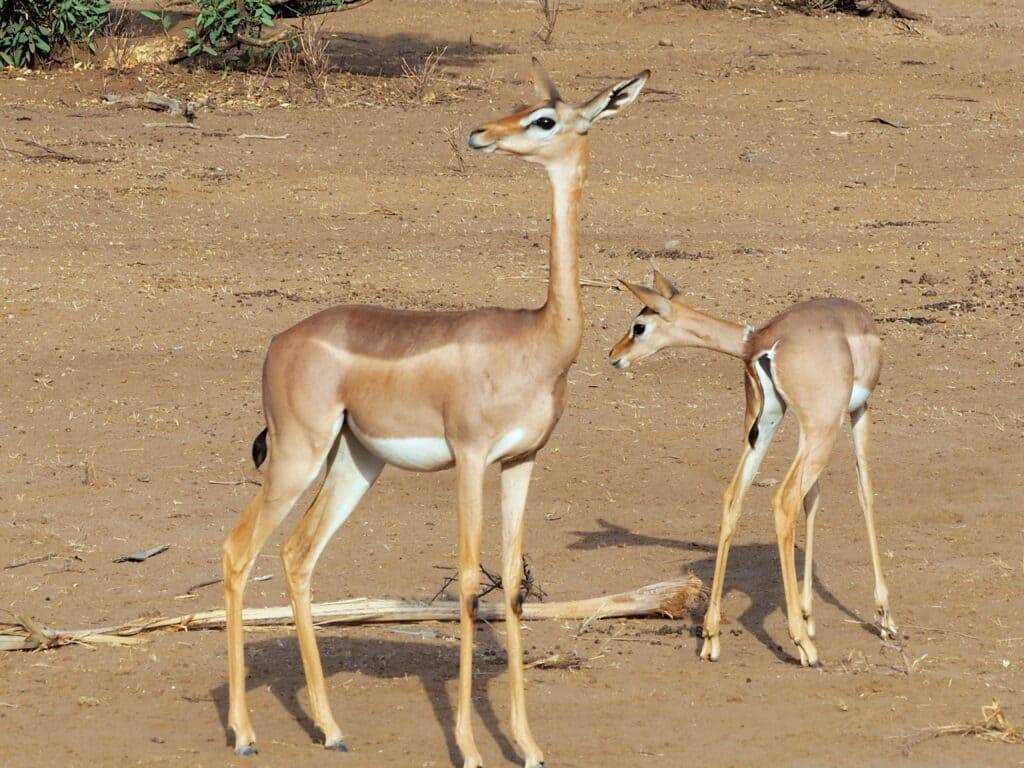
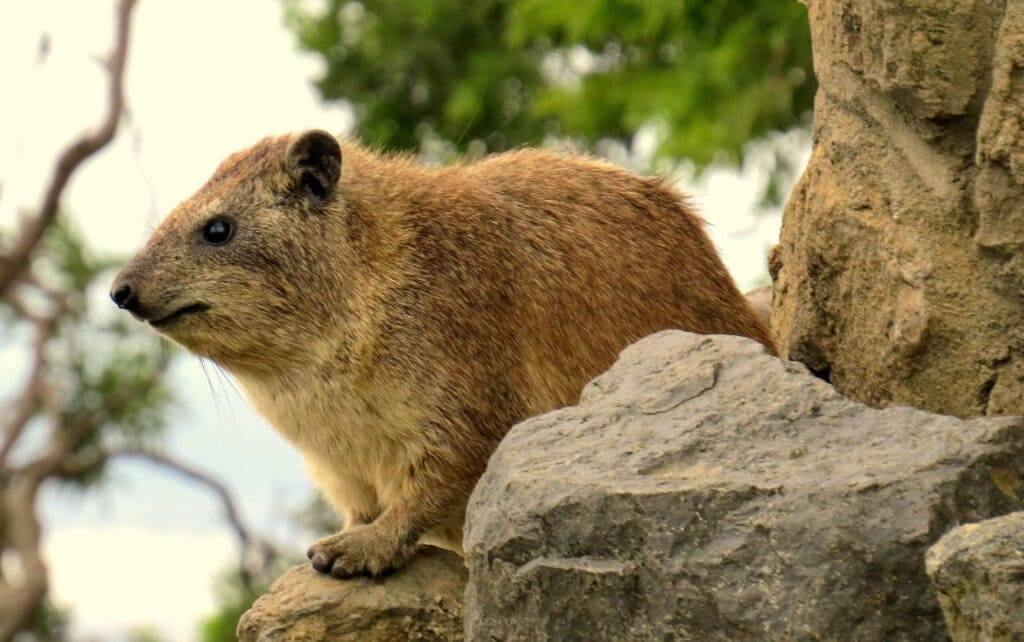
3 ½ 2 DAYS MASAI MARA LUXURY LODGE / TENTED CAMP SAFARI
06.30 hrs: Early to rise early to spot. This is one of the best game drives of the day.
3 ½ DAYS MASAI MARA CAMPING ( BESTSELLER )
06.30 hrs: Early to rise early to spot. This is one of the best game drives of the day.
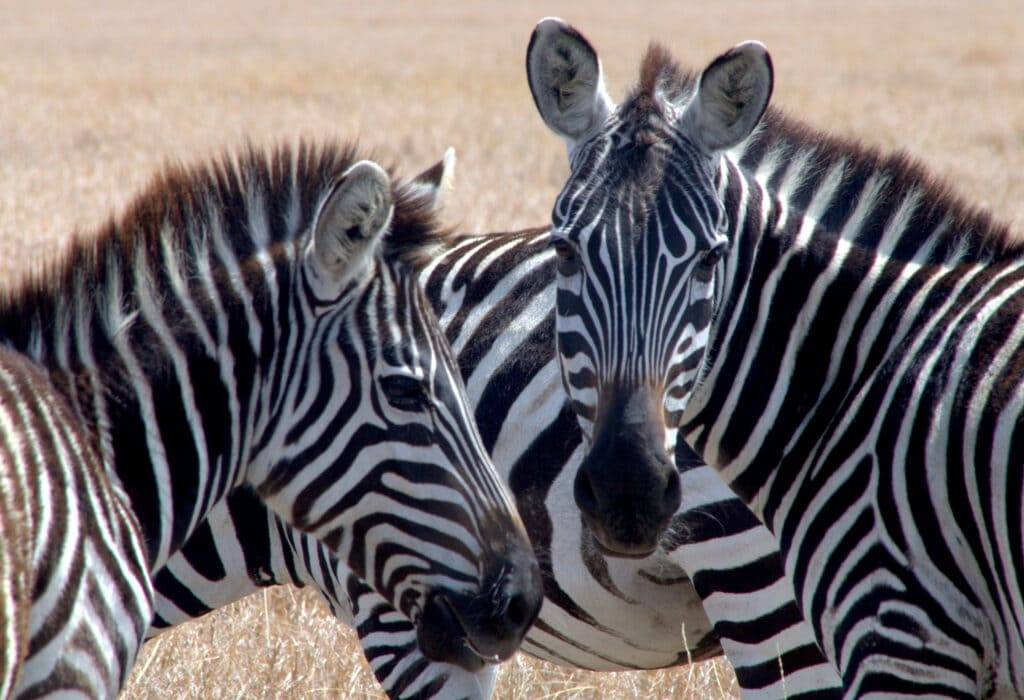
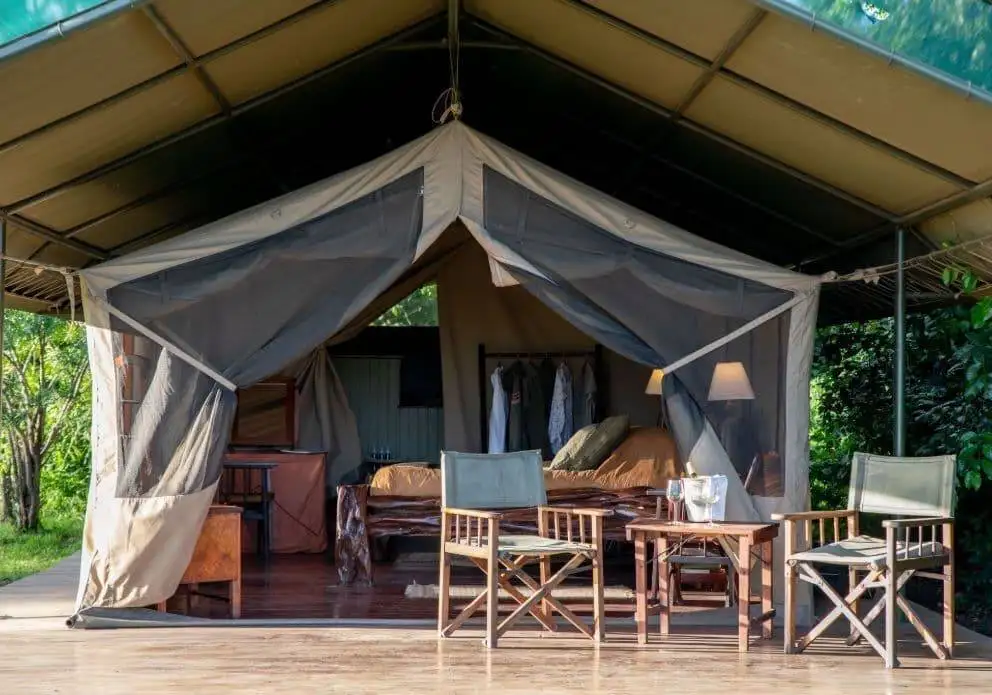
KENYA CLASSIC: 10-DAY LUXURY LODGE SAFARI VISITING KENYA’S MUST-SEE WILDLIFE PARKS
07.30 hrs: Transfer from your hotel to our office for a full safari briefing. Depart from Nairobi via the Great Rift Valley for Masai Mara
DAILY DEPARTURES MINIMUM 2 PERSONS.
Kenya is home to the “Big Five” and has incredibly beautiful national parks with savanna grasslands, forests, and desert plains all supporting a wide array of majestic animals, several bird species, and unique Ecosystems in each park you visit.
There are so many ways to enjoy a Kenyan safari, including visiting national parks and national reserves to see animals in their natural habitats. Each of these national parks has a unique character and feel.
MASAI MARA NATIONAL RESERVE
Masai Mara is a large game reserve in Narok County, Kenya. It is home to the big five and is also famous for the annual migration of the wildebeest. It covers an area of about 531m2 in the southern part of Kenya. This park is named in honor of the Masai people (the ancestral inhabitants of the area). Their description of the area when looked at from afar: is “Mara,” which is the Masai language for “spotted,” an apt description for the circles of trees, scrubs, savanna, and cloud shadows that mark the area. The terrain of the reserve is primarily grassland with seasonal river lets. Being a grassland savannah it receives an average rainfall of 83mm/month, with an altitude of 1500-2180m and temperatures of 12-30℃. The animals found in Mara include the big five (lion, rhino, elephant, leopard, and buffalo). Aside from the big five the other animals one can see in Masai Mara include hippos, giraffes, hyenas, and a high number of antelopes including the Topi a breed of antelope not common to other parks, the bush duiker, klipspringer, oribi, Johor reedbuck, bush babies, the Nile crocodiles, crested porcupine, springhare, pangolins, etc. Approximately 1,500,000 Wildebeest and 200,000 Zebra seasonally move from Serengeti to Masai Mara. The migration will begin in June 2018 and will remain in Masai Mara until the end of October 2018 when then start the reverse journey back to Serengeti begins.
SELECT YOUR PLAN NOW
Located at about 3 hour drive northwest of Nairobi, Lake Nakuru national Park is one of the two premium parks in Kenya. It is classified as dry sub-humid to semi-arid ecosystem. Lake Nakuru National Park boasts itself as bird lover’s paradise hosting over 400 species of birds, most common being the lesser and greater flamingoes as well as over 500 species of flora with Acacia being among the most dominant trees. Lake Nakuru is highly saline, therefore surrounded by grassland of highly adaptable alkaline grasses. This park also has many hills with established viewpoints from which the lake, the woodlands, and often times herds of buffalo can be seen. The most common wildlife that can be spotted in Nakuru include Black and White rhinos, waterbucks, lion, eland and high number of leopard sightings, and the rare Rothschild giraffe. Nakuru also is endowed with a high number of terrestrial birds including pelican, kingfishers, hawks and eagles, common ostrich, white faced whistling bird, cape teal, helmeted guinea fowl, hildebrandt’s francolin, marabou stork, yellow-billed stork, comorants, hammerkop, herons egrets, ibis bustards and cranes, baglafecht weaver, starlings, etc.
Located at about 3 hour drive northwest of Nairobi, Lake Nakuru national Park is one of the two premium parks in Kenya. It is classified as dry sub-humid to semi-arid ecosystem. Lake Nakuru National Park boasts itself as bird lover’s paradise hosting over 400 species of birds, most common being the lesser and greater flamingoes as well as over 500 species of flora with Acacia being among the most dominant trees. Lake Nakuru is highly saline, therefore surrounded by grassland of highly adaptable alkaline grasses. This park also has many hills with established viewpoints from which the lake, the woodlands, and often times herds of buffalo can be seen. The most common wildlife that can be spotted in Nakuru include Black and White rhinos, waterbucks, lion, eland and high number of leopard sightings, and the rare Rothschild giraffe. Nakuru also is endowed with a high number of terrestrial birds including pelican, kingfishers, hawks and eagles, common ostrich, white faced whistling bird, cape teal, helmeted guinea fowl, hildebrandt’s francolin, marabou stork, yellow-billed stork, comorants, hammerkop, herons egrets, ibis bustards and cranes, baglafecht weaver, starlings, etc.
Lying South East of Nairobi, Located in Kajiado County lies Amboseli National Park. It is formerly known as Maasai Amboseli National reserve. This is the second most popular park in Kenya after the Maasai Mara. It is governed by the Kenya wildlife services. It covers an area of about 392 km2. It is a low rainfall area with one of the best wildlife viewing experiences in the world as well as spectacular views of the Mount Kilimanjaro, the highest free standing mountain in the world. It harbors 400 species of birds including the globally threatened Madagascar Pond-heron, lesser flamingo, lesser Kestrel, Africas most sought after shoebill, pelicans,crakes, hammerkops kingfishers, and 47 types of raptors. The park is famous for being the best place in the world to get close to free-ranging elephants. Normatior(observation hill), is an interesting section of this national park. This is the only area within the park where you can get out of your car and walk. This pyramid shaped hill provides an ideal lookout from which to orientate with the plains and roads below as well as the wildlife which are usually far off but the views here put them in their context. Other attractions of the park include opportunities to meet Masai and visit a Masai village. It is also home to large Cape buffaloes, impala, lions, Cheetah, spotted hyenas, giraffes, zebras, bat eared fox, jackals and blue wildebeest etc.
Lying South East of Nairobi, Located in Kajiado County lies Amboseli National Park. It is formerly known as Maasai Amboseli National reserve. This is the second most popular park in Kenya after the Maasai Mara. It is governed by the Kenya wildlife services. It covers an area of about 392 km2. It is a low rainfall area with one of the best wildlife viewing experiences in the world as well as spectacular views of the Mount Kilimanjaro, the highest free standing mountain in the world. It harbors 400 species of birds including the globally threatened Madagascar Pond-heron, lesser flamingo, lesser Kestrel, Africas most sought after shoebill, pelicans,crakes, hammerkops kingfishers, and 47 types of raptors. The park is famous for being the best place in the world to get close to free-ranging elephants. Normatior(observation hill), is an interesting section of this national park. This is the only area within the park where you can get out of your car and walk. This pyramid shaped hill provides an ideal lookout from which to orientate with the plains and roads below as well as the wildlife which are usually far off but the views here put them in their context. Other attractions of the park include opportunities to meet Masai and visit a Masai village. It is also home to large Cape buffaloes, impala, lions, Cheetah, spotted hyenas, giraffes, zebras, bat eared fox, jackals and blue wildebeest etc.
Lies on the banks of the Ewaso Ngiro River which in local Masai language means “brown waters” and covers an area of 165km 2. The habitat is composed of a mixture of riverine forest, thorn trees, Acacia and some grassland vegetation. There is a wide variety of animal and bird life seen at Samburu National Reserve that is not commonly found in any other park in Kenya. Several large game species common to Kenya’s Northern plains can be found in abundance here, including the following dry-country fauna endemic to the Samburu ecosystem. Common wildlife spotting in Samburu include, the Gerenuk ( Impala Giraffe) , Grevy zebra, Beisa Oryx, Somalian Ostrich and Reticulated Giraffe, lions, buffalos, elephants leopard, Cheetah, both Striped Hyena and Spotted Hyena, etc. Samburu is also home to some of the largest crocodiles found in Kenya. Occasionally park permitting game drives can also be done in Shaba National Park and Buffalo Springs National Park.

Lies on the banks of the Ewaso Ngiro River which in local Masai language means “brown waters” and covers an area of 165km 2. The habitat is composed of a mixture of riverine forest, thorn trees, Acacia and some grassland vegetation. There is a wide variety of animal and bird life seen at Samburu National Reserve that is not commonly found in any other park in Kenya. Several large game species common to Kenya’s Northern plains can be found in abundance here, including the following dry-country fauna endemic to the Samburu ecosystem. Common wildlife spotting in Samburu include, the Gerenuk ( Impala Giraffe) , Grevy zebra, Beisa Oryx, Somalian Ostrich and Reticulated Giraffe, lions, buffalos, elephants leopard, Cheetah, both Striped Hyena and Spotted Hyena, etc. Samburu is also home to some of the largest crocodiles found in Kenya. Occasionally park permitting game drives can also be done in Shaba National Park and Buffalo Springs National Park.
Located in the coast province covering an area of 9,065km2 and is operated by the Kenya wildlife service having been gazette as a National Park in the year 1948. Famously know for the Tsavo Man-Eating Lions. The two male lions cause havoc and terror during the construction of the railway and were responsible for the deaths of a number of construction workers on the Kenya-Uganda Railway from March through December 1898. of this pair of lions was their unusual behavior, such as the number of men killed and the manner of the attacks.
This park is a popular destination on account of its popular scenery including the Crystal Clear Waters of Mt. Kilimanjaro, Mzima Springs where fish, crocodile and Hippo can be spotted swimming form the surface and the sunken glass observation tank, The Shetani lava flow, Chaimu creater, poachers outlook and the Tsavo river. The park has a variety of wildlife including the eastern black rhinoceros, hippopotamus, Cape buffalo Elephants, Lions, leopards, Cheetah , Hyena, bush baby, heart beast, Lesser Kudu and Masai giraffe can also be spotted in the park.

Located in the coast province covering an area of 9,065km2 and is operated by the Kenya wildlife service having been gazette as a National Park in the year 1948. Famously know for the Tsavo Man-Eating Lions. The two male lions cause havoc and terror during the construction of the railway and were responsible for the deaths of a number of construction workers on the Kenya-Uganda Railway from March through December 1898. of this pair of lions was their unusual behavior, such as the number of men killed and the manner of the attacks.
This park is a popular destination on account of its popular scenery including the Crystal Clear Waters of Mt. Kilimanjaro, Mzima Springs where fish, crocodile and Hippo can be spotted swimming form the surface and the sunken glass observation tank, The Shetani lava flow, Chaimu creater, poachers outlook and the Tsavo river. The park has a variety of wildlife including the eastern black rhinoceros, hippopotamus, Cape buffalo Elephants, Lions, leopards, Cheetah , Hyena, bush baby, heart beast, Lesser Kudu and Masai giraffe can also be spotted in the park.
Nation Nairobi is the capital city of Kenya.The name Nairobi comes from the Masai phrase Enkare Nairobi, which translates to “cool water”. Established in 1946 Nairobi national park is the only national park that borders a city. It is located approximately 7 kilometers from the city center covering an area of 117.21 km2. The parks predominant environment is open grass plain with scattered acacia bushes. To the South of the Park there is a riverine forest along the permanent Nairoib river. park has a large and diverse wildlife population. Species found in the park include Cape buffaloes, baboons, eastern black rhinos, gazelles, zebras, Tanzanian cheetahs, Coke’s hartebeest, hippo, leopards, Masai lions, elands, impala, Masai giraffes, ostriches, vultures and water bucks. The David Sheldrick Trust runs a sanctuary in the park that hand-rears orphaned elephant and rhinoceros calves, and later releases them back into secure sanctuaries.

Nation Nairobi is the capital city of Kenya.The name Nairobi comes from the Masai phrase Enkare Nairobi, which translates to “cool water”. Established in 1946 Nairobi national park is the only national park that borders a city. It is located approximately 7 kilometers from the city center covering an area of 117.21 km2. The parks predominant environment is open grass plain with scattered acacia bushes. To the South of the Park there is a riverine forest along the permanent Nairoib river. park has a large and diverse wildlife population. Species found in the park include Cape buffaloes, baboons, eastern black rhinos, gazelles, zebras, Tanzanian cheetahs, Coke’s hartebeest, hippo, leopards, Masai lions, elands, impala, Masai giraffes, ostriches, vultures and water bucks. The David Sheldrick Trust runs a sanctuary in the park that hand-rears orphaned elephant and rhinoceros calves, and later releases them back into secure sanctuaries.
MT. KENYA, ABERDARES AND OL’PAJETA CONSERVENCY
The Ol Pajeta conservancy covers an area of 360 km2. It is a not-for-profit wildlife conservancy within Laikipia County. It is situated on the equator west of Nanyuki between the foothills of Aberdares and Mount Kenya. The Olpajeta sanctuary boasts the largest rhino sanctuary in East Africa. It is home to the black rhinos, southern white rhinos and the critically endangered northern white rhinos. The conservancy incorporates the sweet waters chimpanzee sanctuary which provides long life refuge for orphaned and abandoned chimpanzees. It hosts more than 10000 large mammals including the big five. Other wildlife within this conservancy include Grevy zebras, Jacksons hartebeest, Cheetah, African wild dog, giraffe, aardvark, black backed jackal, serval, caracal, bat eared fox, Beisa Oryx, eland, both grants and Thompson gazelle, waterbuck, Tree Hyrax, Senegal Bushbaby, African civet, small and large spotted Genet etc.
- Valley View Office Park, Block A- 2nd Floor, City Park Drive, Nairobi, Nairobi, Kenya
- [email protected]
- (+254 ) 733 63 00 53
- (+254 ) 733 63 00 53

